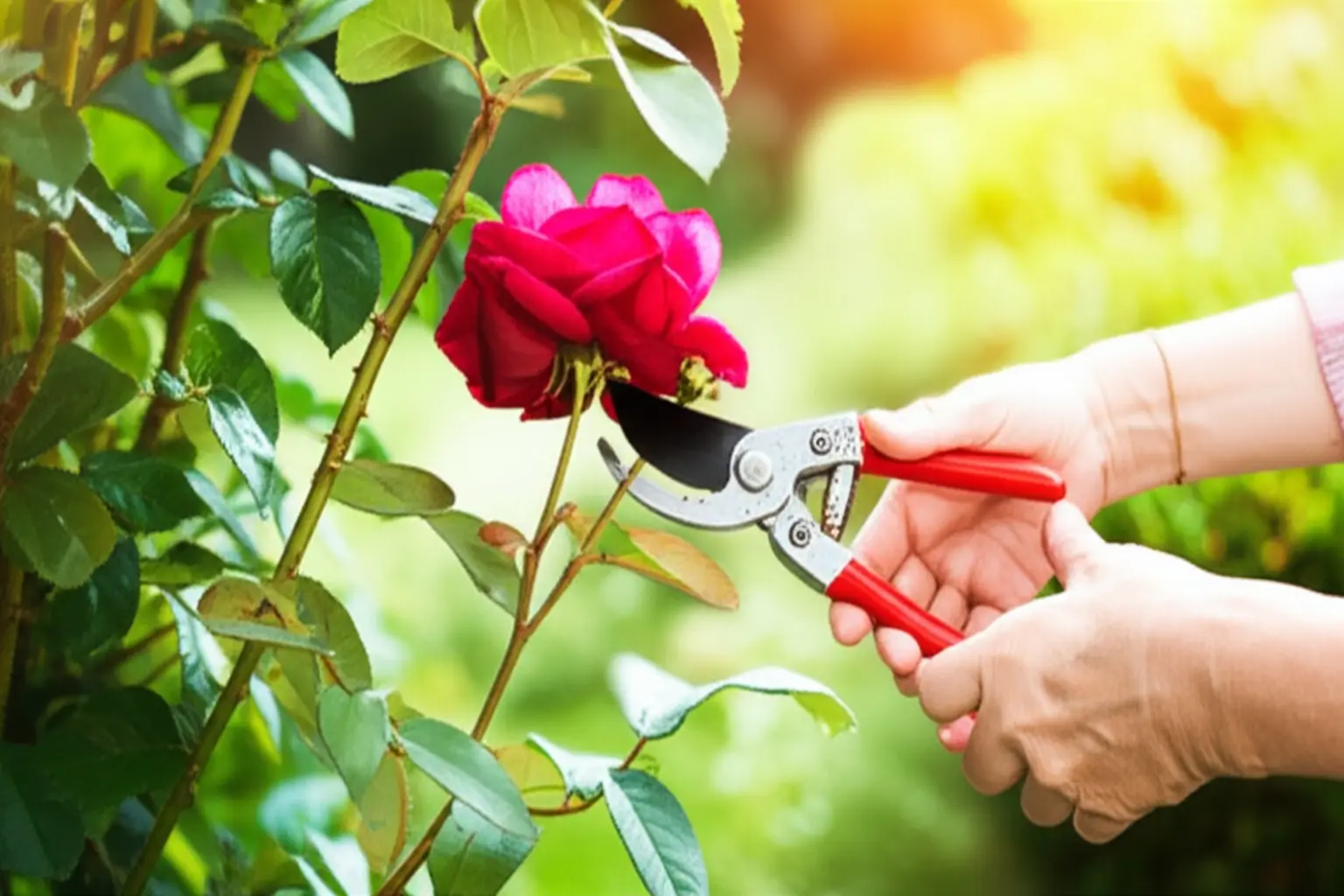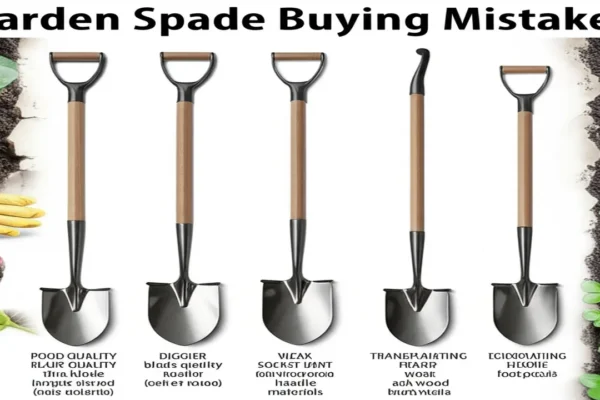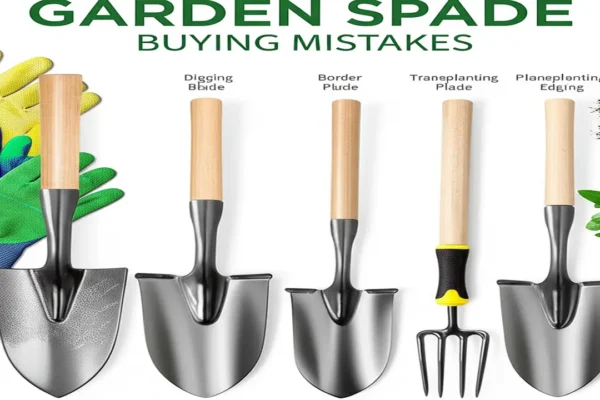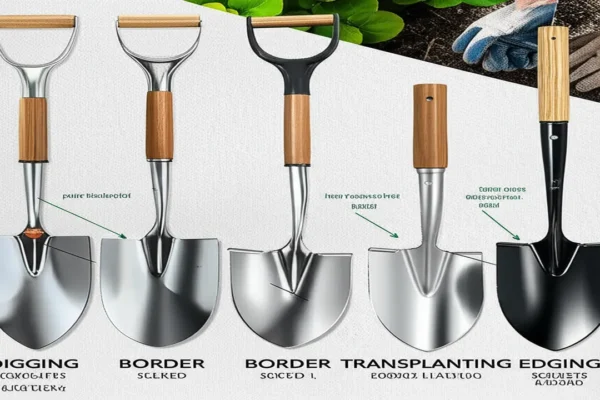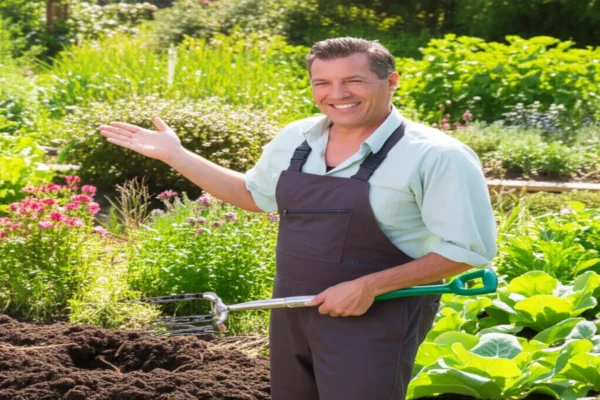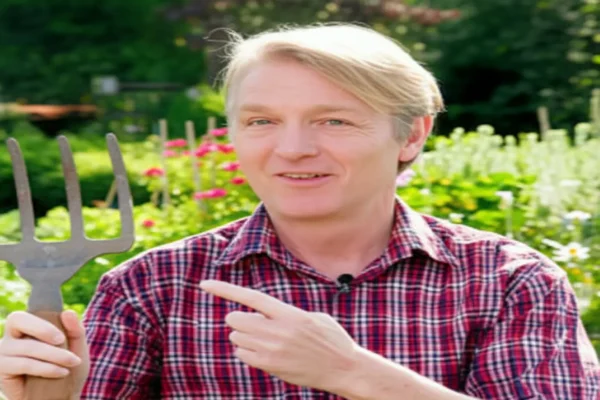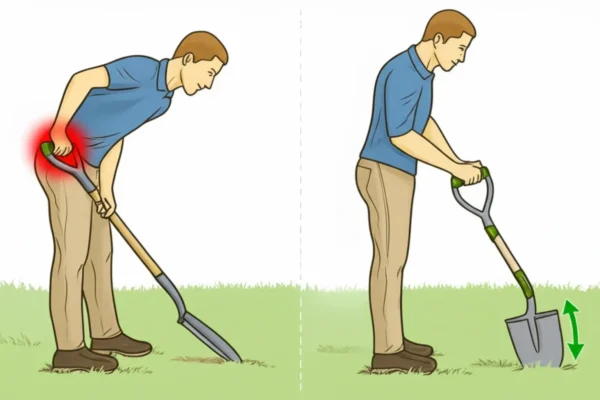Updated for 2025, this guide cuts through the confusion of garden maintenance. We have distilled years of master gardener pruning advice into simple, effective techniques for any plant type. Forget guesswork. You will learn precisely when to cut, where to cut, and why, ensuring healthier growth and more abundant blooms. From understanding plant anatomy to selecting the right tools, like the best
professional pruning shears, our experts provide the actionable steps needed to transform your garden. This is the core knowledge every successful gardener uses.
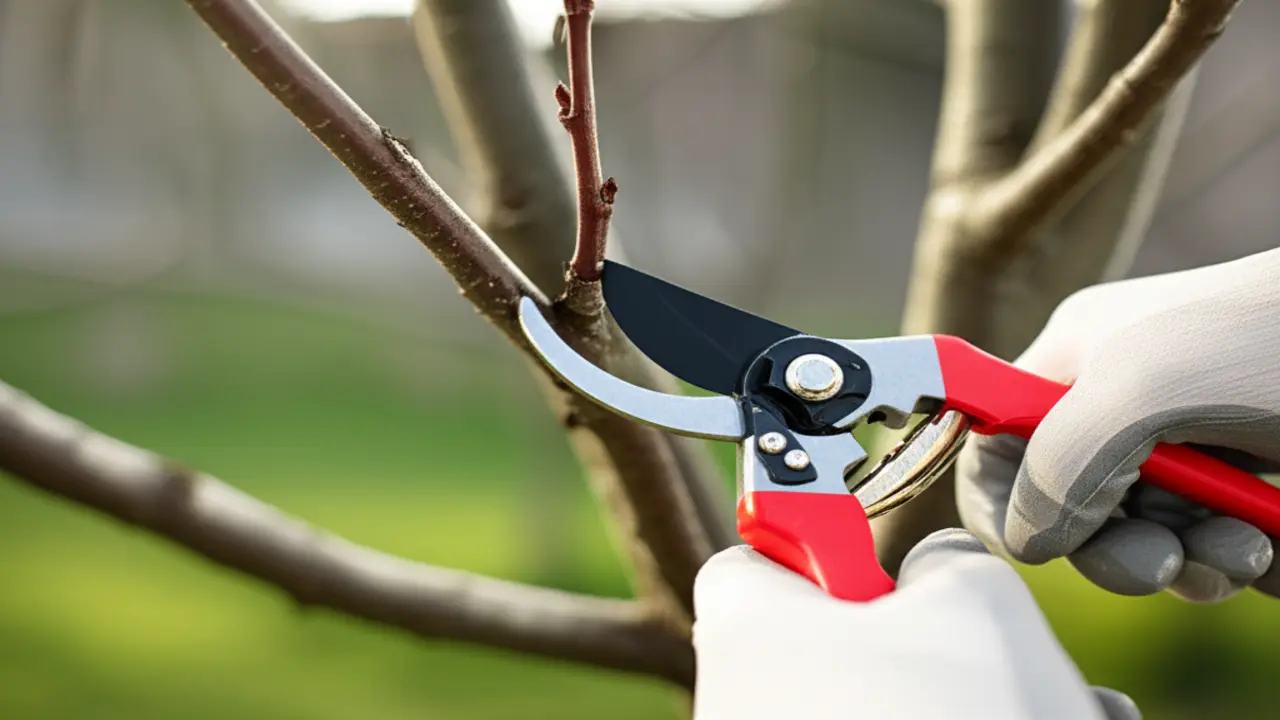
1. The Foundational Importance of Pruning
From a master gardener’s perspective, pruning is not merely about controlling size or shaping a plant for aesthetic appeal. It is a foundational practice, updated for 2025, that directly governs a plant’s long-term health and vigor. The core of this discipline lies in making strategic, purposeful cuts. By removing the three D’s, dead, damaged, and diseased wood, you eliminate pathways for pests and pathogens to invade, effectively safeguarding the plant’s core structure. This redirection of energy allows the plant to focus on producing robust new growth, more abundant flowers, or higher-quality fruit. For example, thinning the canopy of an overgrown rose bush improves air circulation, which drastically reduces the risk of fungal infections like black spot. Every cut must be clean to promote rapid healing, making the knowledge of
how to sharpen pruning shears an essential skill. This is the essence of master gardener pruning advice: it is a precise dialogue with the plant to ensure its vitality for years to come.
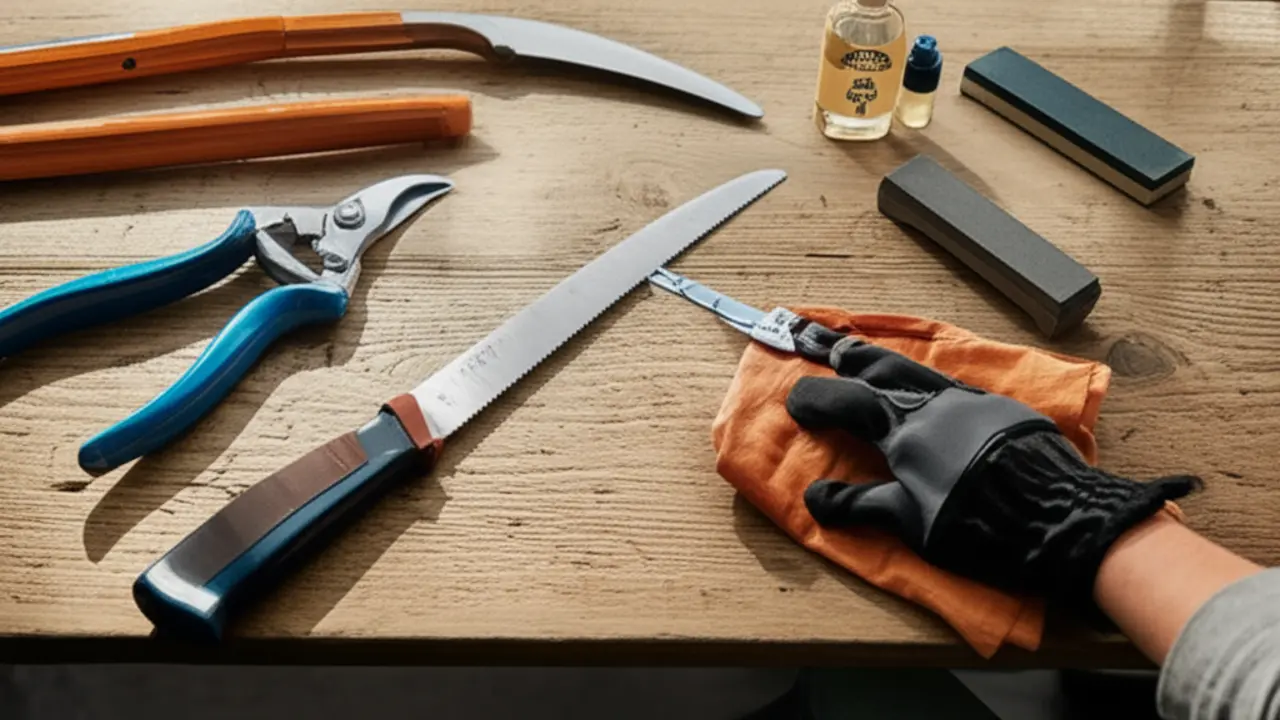
2. Essential Tools and Their Care
Executing a precise cut, the kind that promotes plant health, hinges entirely on selecting the correct tool for the job. As part of our 2025 master gardener pruning advice, we emphasize this rule: match the tool to the wood’s diameter.
– Bypass Pruners: These are your go-to for live wood up to 3/4 inch thick. Their scissor-like action makes a clean slice without crushing plant tissue, which is vital for quick healing.
– Loppers: For branches between 3/4 inch and 1.5 inches, the long handles of loppers provide the necessary leverage for a clean cut.
– Pruning Saws: Anything larger requires a pruning saw, designed to cut efficiently on the pull stroke.
A common mistake is using anvil pruners on live stems, these crush and damage the plant, only use them for deadwood. The best tool is only as good as its condition. Proper maintenance, including cleaning and drying after every use, is non-negotiable. Keeping your blades sharp is paramount for plant health and ease of use, so mastering how to sharpen pruning shears is a fundamental skill for any serious gardener.
3. Identifying and Removing the “6 D’s”
Before making any cuts for shape or size, your first priority is plant health. The most crucial master gardener pruning advice for 2025 is to start by performing triage. This means identifying and removing any part of the plant that falls under the “6 D’s”. Addressing these issues first eliminates immediate threats and prevents the waste of plant energy on non-productive or harmful growth. Think of it as a health checkup before the haircut.
Here’s what to look for:
– Dead: These branches are brittle, dry, and will have no green tissue underneath the bark. They snap easily.
– Dying: Look for branches with sparse, yellowing leaves or weak, spindly growth. They are a drain on resources.
– Damaged: Stems that are cracked, broken by wind, or scarred from impacts create entry points for pests and disease.
– Dangerous: Any branch that overhangs walkways, rubs against your house, or interferes with power lines must go.
– Deranged: This includes branches growing inward toward the center of the plant or rubbing against another branch. They impede airflow and cause wounds.
– Diseased: Watch for cankers, fungal bodies, powdery mildew, or discolored bark. After cutting these out, thorough pruning shears cleaning is non-negotiable to avoid spreading infection.
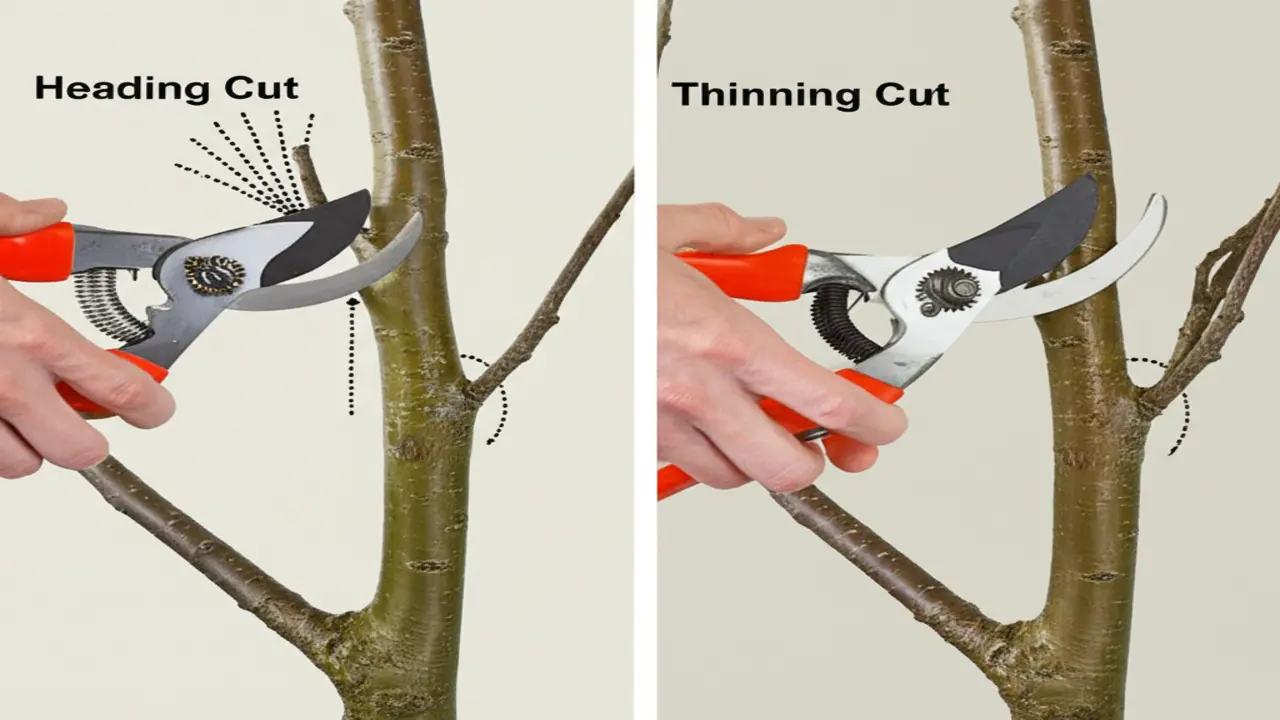
4. Understanding Pruning Cuts: Heading vs. Thinning
In 2025, mastering the two primary pruning cuts, heading and thinning, is fundamental to shaping and maintaining plant health. A key piece of master gardener pruning advice is understanding that each cut prompts a specific and predictable reaction from the plant. A heading cut shortens a branch or stem, trimming it back to a bud. This stimulates the buds just below the cut, resulting in denser, bushier growth. It is the go to method for shearing hedges or encouraging more blooms on certain shrubs. In contrast, a thinning cut removes an entire branch back to its point of origin on the main trunk or a larger limb. This technique opens up the plant’s canopy, which improves air circulation and sunlight penetration, thereby reducing the risk of disease. Using the right tool is crucial, and for many of these tasks, a quality pair of
professional pruning shears ensures clean cuts for a healthy plant. Thinning is essential for renovating overgrown shrubs and training young trees.
5. Step-by-Step Pruning for Trees and Shrubs
Effective pruning in 2025 is a science, not a free-for-all. Following a systematic process, a core piece of master gardener pruning advice, is key to enhancing plant health and structure. Always begin by removing the three D’s: dead, damaged, and diseased wood. This immediately improves the plant’s vitality. Next, address structural problems. This includes:
* Co-dominant stems: Remove one of the competing main stems to prevent future splitting.
* Crossing branches: Prune one of the branches that are rubbing together to avoid wounds and potential infections.
* Water sprouts and suckers: These vigorous, non-productive shoots divert energy from the main plant and should be removed completely.
Making a proper cut is the final, crucial step. To avoid crushing plant tissue, which invites disease, a sharp and appropriate tool is essential. For woody growth, a quality pair of heavy duty pruning shears makes a significant difference. Always cut just outside the branch collar, angled away from the bud. This technique allows the plant to heal correctly and quickly, forming a natural callus over the wound.
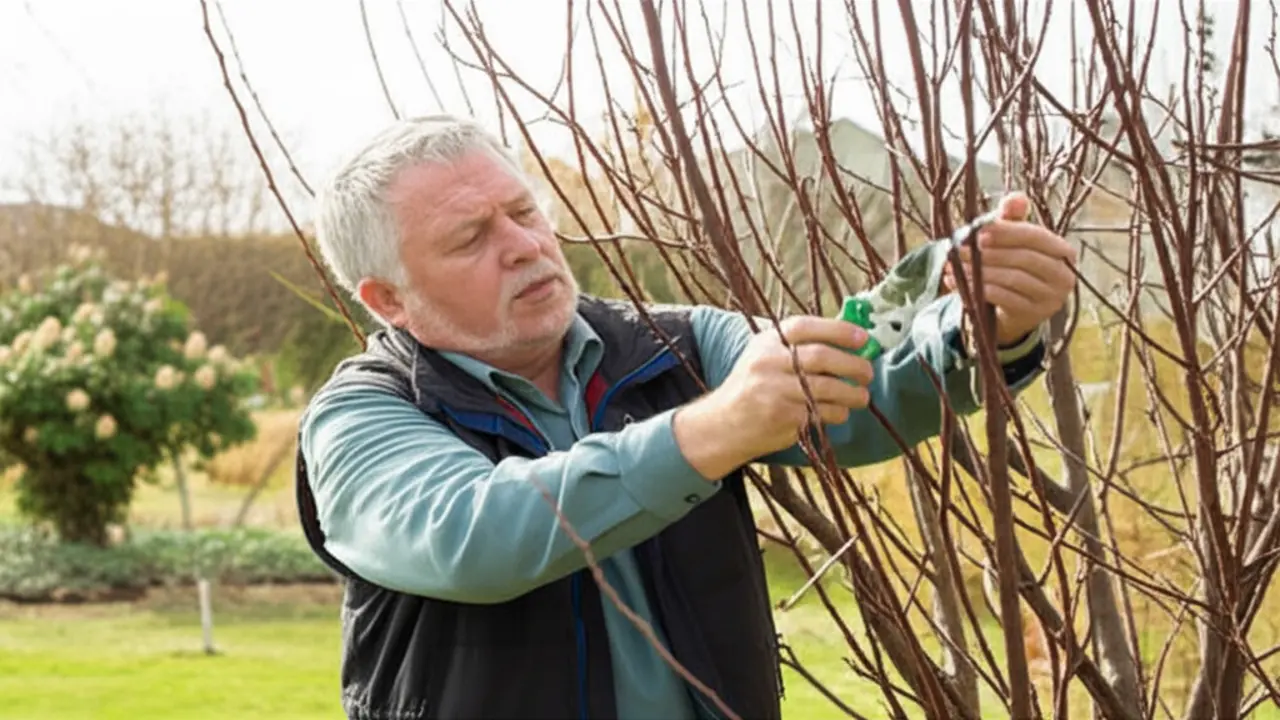
6. Seasonal Pruning and Plant-Specific Guidance
As a seasoned expert, I understand that the “when” of pruning is just as critical as the “how”. Following reliable master gardener pruning advice ensures your plants not only survive but thrive year after year. Before making any cuts in 2025, ensure your tools are ready. Knowing
how to sharpen pruning shears is fundamental for making clean cuts that prevent disease and promote quick healing. Here is a general seasonal calendar for common plants.
* Late Winter to Early Spring: This is the prime time for pruning most fruit trees, roses, and summer-flowering shrubs like crape myrtles. The plants are dormant, making it easy to see their structure and make corrective cuts without stressing them.
* Late Spring to Early Summer: Prune spring-flowering shrubs such as forsythia and lilacs immediately after their blooms fade. Pruning them earlier removes the buds for the current season’s flowers.
* Mid-Summer: Focus on light trimming and shaping. This is a good time to trim hedges and remove any vigorous, unwanted shoots (suckers or water sprouts) from trees.
* Fall: Limit pruning to removing dead, damaged, or diseased branches to prevent problems from festering over winter. Avoid major pruning that encourages new growth, which may not survive the first frost.
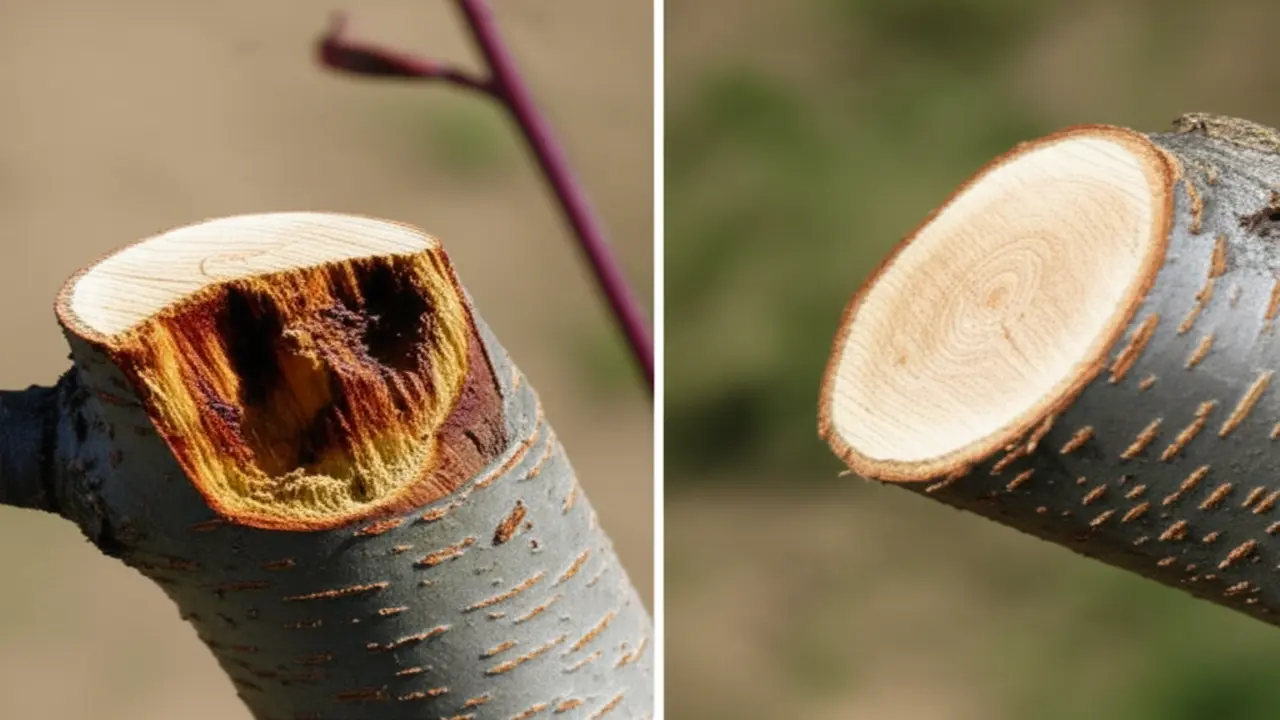
7. Post-Pruning Care and Common Mistakes to Avoid
Proper pruning technique does not end with the final cut. According to updated 2025 master gardener pruning advice, the aftercare is just as critical for plant health. Contrary to old beliefs, most pruning wounds do not require a sealant. A clean, precise cut on a healthy plant will trigger its own natural defense system to compartmentalize and heal the area. In fact, sealants can sometimes trap moisture and encourage fungal growth. The best initial step for good healing is ensuring you made a clean cut in the first place, which is why knowing
how to sharpen pruning shears is essential. Always clear away all removed branches and leaves from the base of the plant to prevent the spread of pests or diseases.
Avoiding common mistakes is paramount for success. Here are frequent errors to prevent:
* Over-pruning: Never remove more than one-quarter of a plant’s canopy in a single season. This shocks the plant, hindering growth and vitality.
* Leaving Stubs: Do not leave a long stub when removing a branch. This dead wood is an open invitation for pests and decay because the plant cannot properly heal over it.
* Flush Cutting: Conversely, do not cut flush against the main stem. This removes the branch collar, a crucial area of cells that actively works to close the wound.
* Ignoring Timing: Pruning at the wrong time of year can remove flower buds or stress the plant during its active growth phase.
8. Resources for Further Learning
To continue honing your skills, it is essential to consult sources that offer expert, reliable master gardener pruning advice. The journey to becoming a proficient pruner extends beyond basic cuts. For trustworthy, science-backed information, we recommend exploring the horticultural extension websites of major universities, such as Cornell University or the University of California system. These sites provide detailed guides and research updates. Additionally, the Royal Horticultural Society (RHS) website is an invaluable international resource with extensive plant-specific pruning instructions. For those who prefer physical books, “An Illustrated Guide to Pruning” by Edward F. Gilman is a comprehensive reference used in many horticultural programs. Subscribing to publications like Fine Gardening magazine can also provide seasonal tips and introduce advanced techniques throughout 2025 and beyond. These resources will help you tackle complex pruning challenges with confidence.






